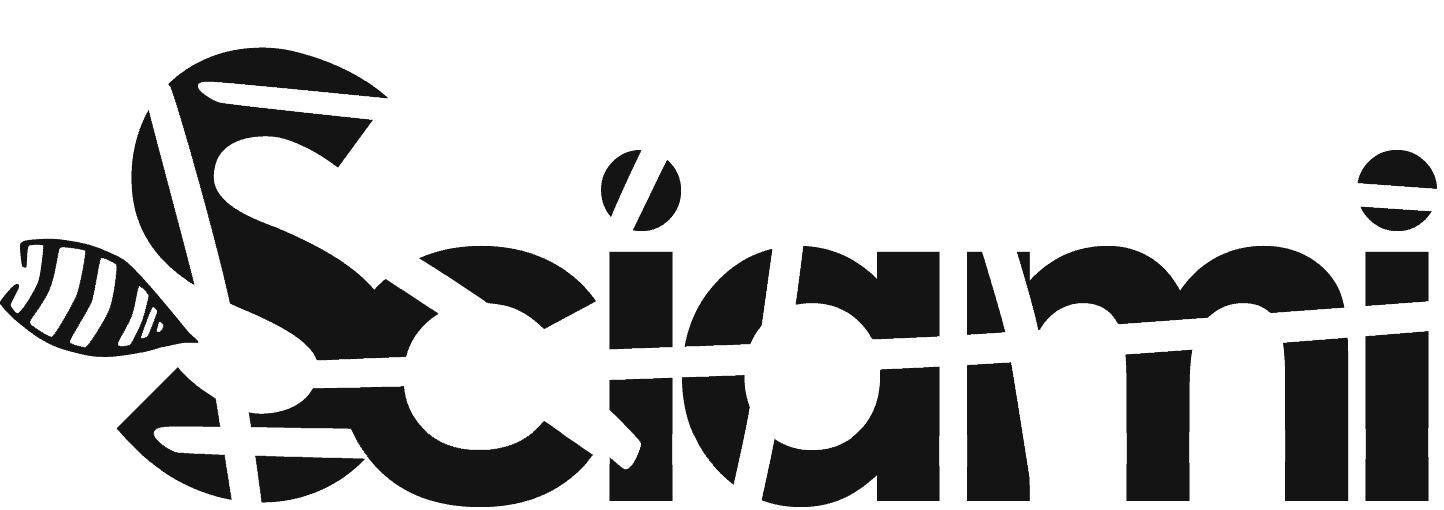Despite being a form of art that dates back in time, the work of video art still struggles today to find a shared legal framework. There is a risk to associate video art with other more traditional artistic forms and this risk has prevented video art from attributing its own autonomy, independence and expressive specificity. Artists’ videos are not listed among the works expressly protected by Italian Law no. 633/1941 (Law on protection of copyright and moral rights), with all the consequences in terms of determining the holders of the moral and patrimonial rights of the author and the division of these rights between the various persons who, in various ways, contribute to their realization (artist, director, screenwriter, interpreters, music authors, etc.), especially if the video works result from the indissoluble creative contribution and the collective work of a group of people. Finally, video art inevitably suffers the limits of digital art: it is easily reproducible, perishable, not limited and numbered in its editions, subject to obsolescence resulting from technological development; these factors causes the arising of various difficulties in terms of claiming the status of a work of art in the essence of its uniqueness, originality and authenticity. The relevance of issues related to legal regulation and the conservation of video art is also relevant for the possible recognition as a cultural asset that audiovisual media of a rare and valuable nature can obtain under the Italian Legislative Decree no. 42/2004 (Code of Cultural Heritage). Of extreme importance, therefore, is the legal analysis aimed at qualifying such a medium, through which to frame its expressive nature and understand how to manage the circulation of such works of art, how to ensure their protection and preservation and ensure their authenticity and paternity.
This article is available in ITA.
